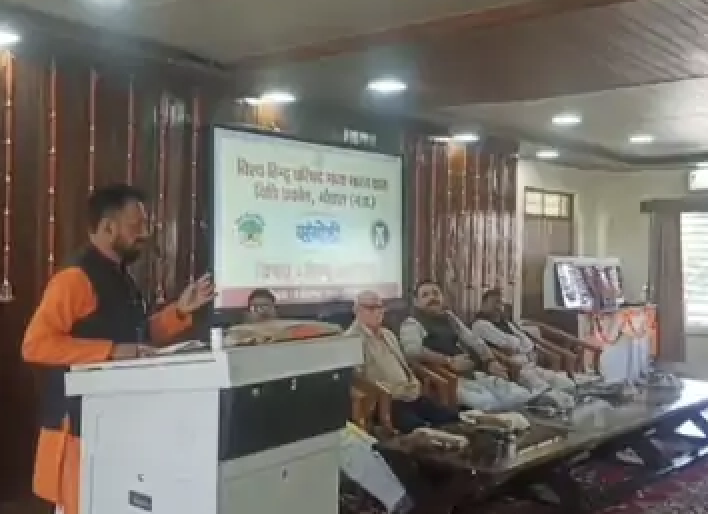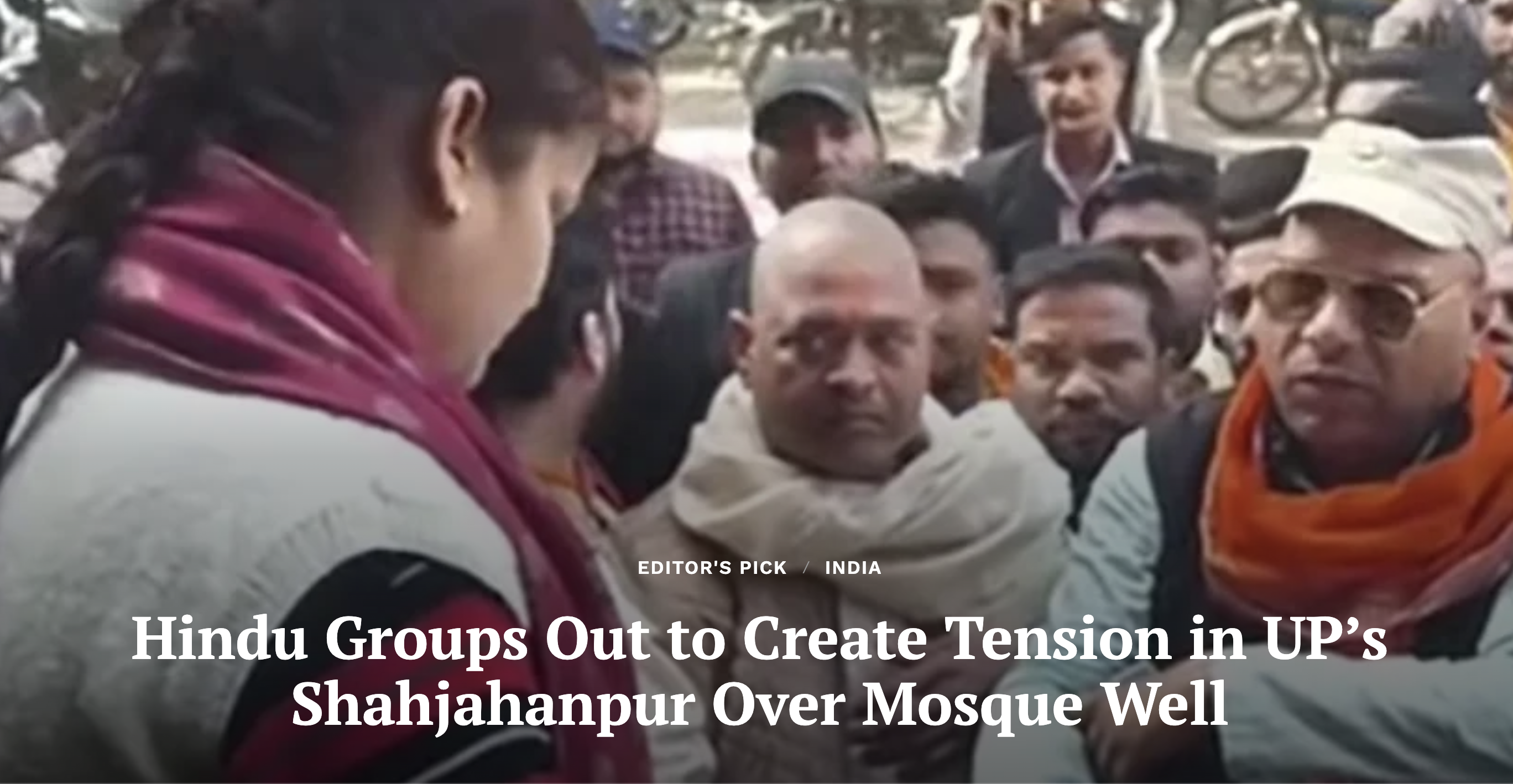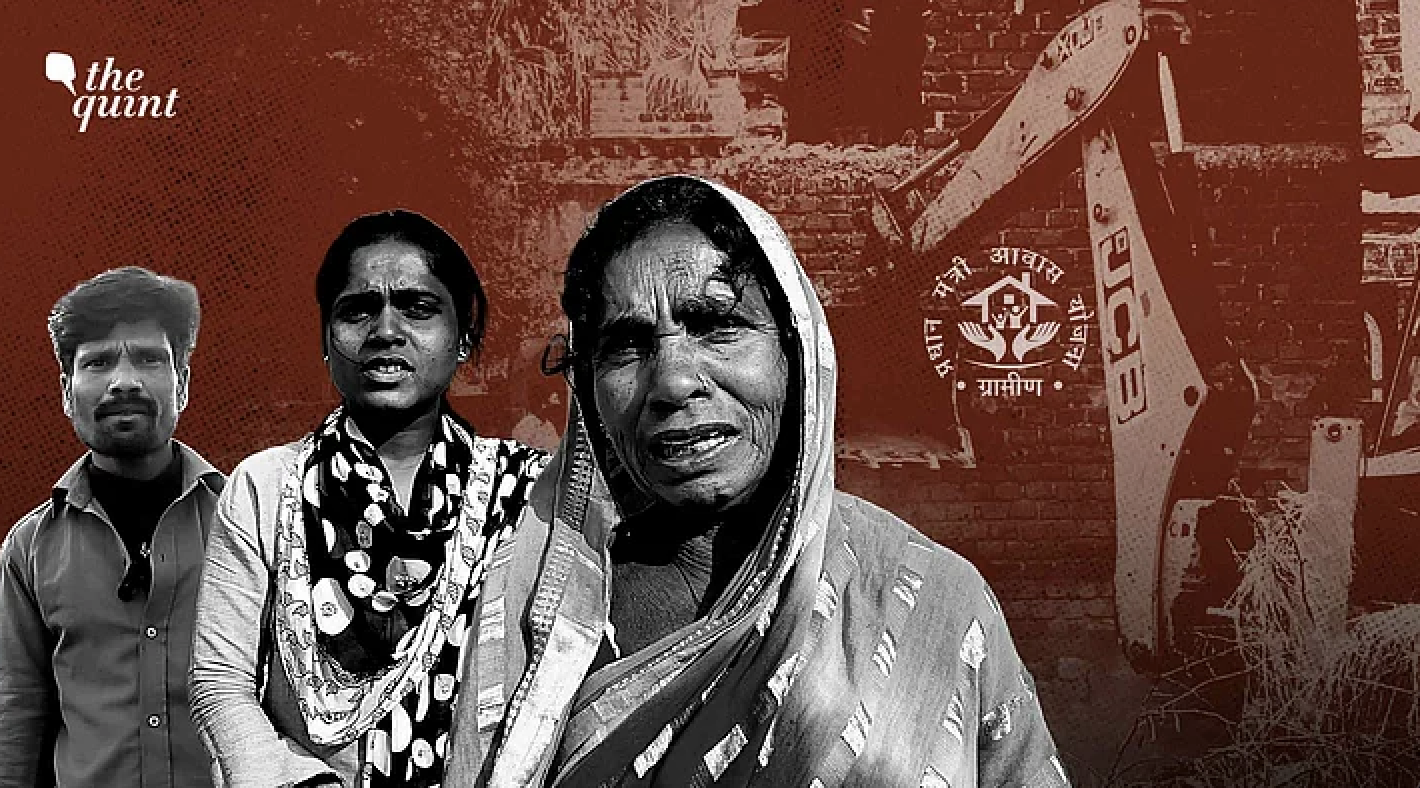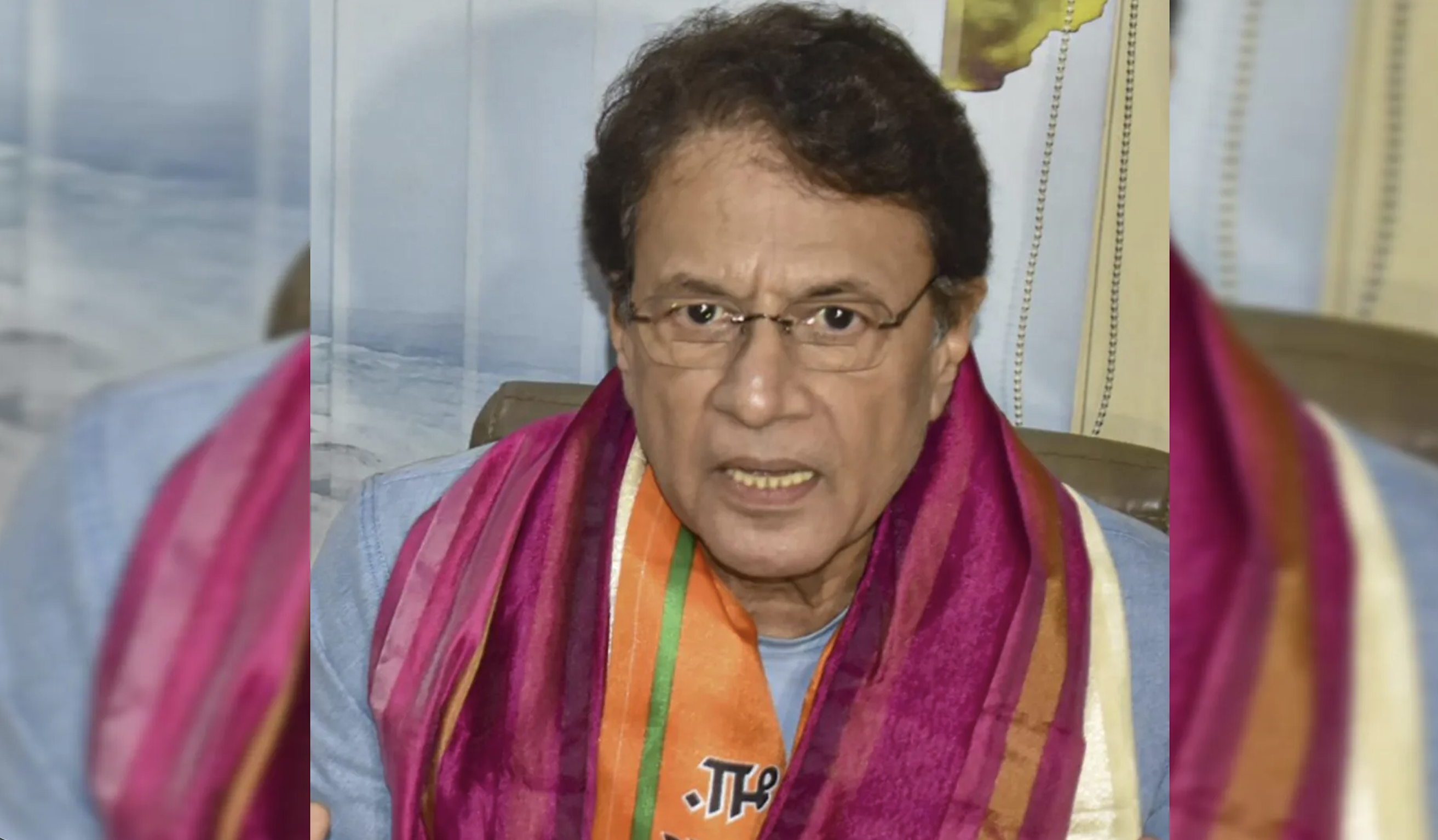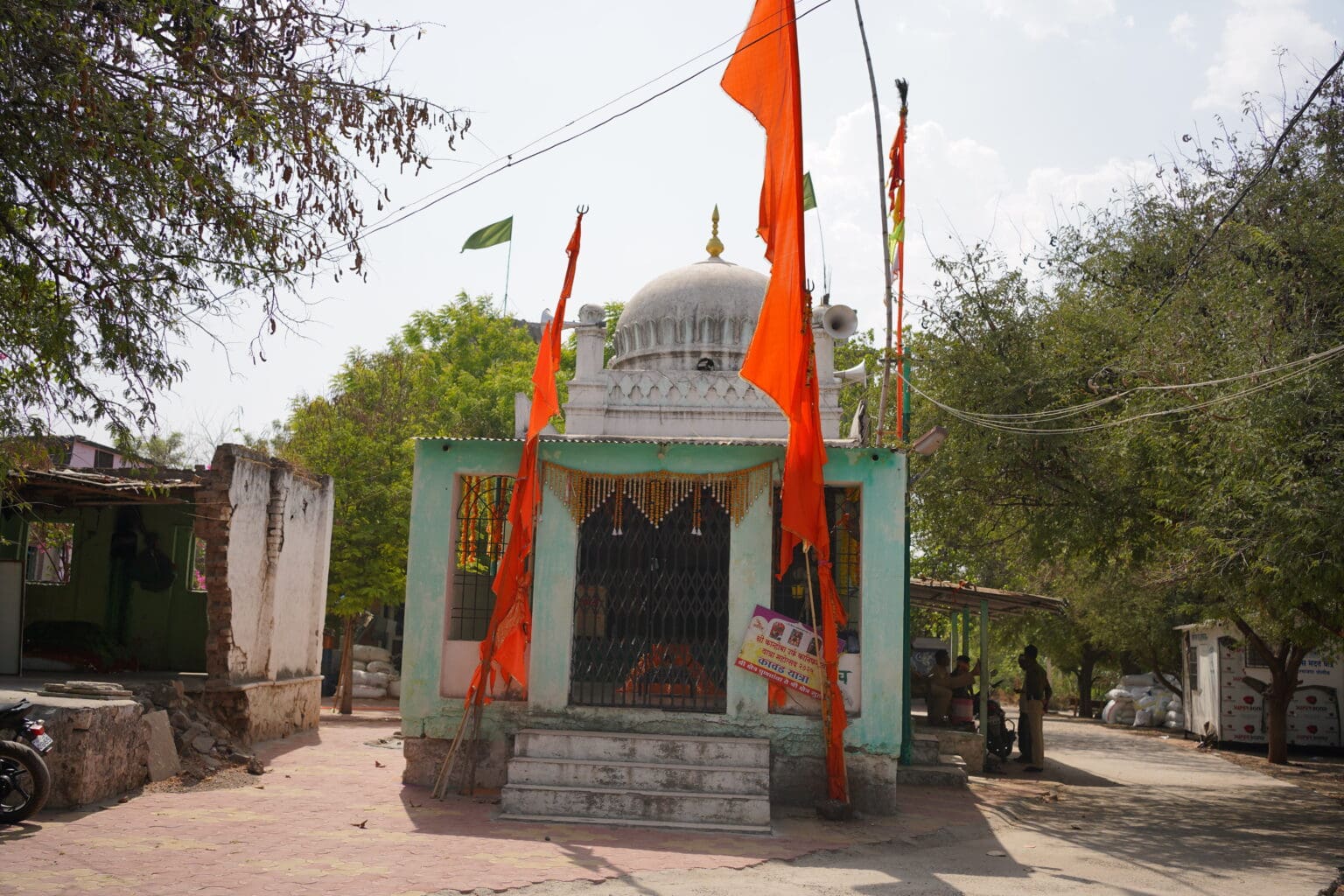
For over a year now, the quiet village of Guha in Maharashtra’s Ahmednagar district has been at the heart of an escalating religious dispute. Outside the Rahuri Tehsil office, a small group of Muslim residents has staged a relentless protest, demanding the restoration of the Hazrat Ramzan Shah Baba Dargah, also known as the Kanobha Dargah, after an unauthorised idol installation turned the centuries-old shrine into the centre of a legal and communal conflict.
For generations, the dargah stood as a symbol of syncretism, blending Sufi and Nath traditions under the custodianship of local Muslim families. But that fragile coexistence began to fracture in the past few years.
“My forefathers have been caretakers of this dargah for generations,” said Ismail Shaikh, one of the shrine’s hereditary custodians. “I have all the documents, including the official deed. It is registered under Section 36 of the Waqf Act, 1995.”
The eight-acre land surrounding the dargah is home to a mosque, a Muslim graveyard where generations of families are buried, and the homes of local Muslim residents. “This is not just a shrine, it’s our entire existence,” Ismail added.
Despite its long history as a Muslim religious site, Hindutva groups claim otherwise. In December 2023, an idol of the Hindu saint Kanifnath was placed inside the shrine — without legal permission, without historical precedent, and under the silent watch of law enforcement. Since then, Hindu religious activities have taken over the space, while Muslims have been pushed out.
Guha is a small village with an estimated population of around 6,000, of which approximately 500 are Muslims.
It is believed to be the resting place of Shah Ramzan Mahi Savar, also known as Kanobha, a saint who arrived in the region in the 14th century and is said to have crossed the Godavari River while riding a fish, a miracle that earned him his title, Mahi Savar.
Historical accounts state that he embraced Islam after meeting the Sufi saint Sadat Ali in Paithan, later settling in Guha in 1380 CE.His tomb became a sacred site where both Hindus and Muslims have paid their respects for centuries. But in recent years, that legacy has come under attack.
This story was originally published in maktoobmedia.com. Read the full story here.



